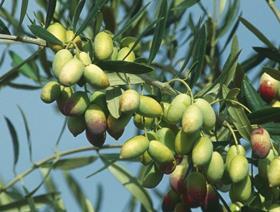
Concerns are rising among Mediterranean olive producers following an assessment by the European Food Safety Authority (Efsa) on the risk of the spread of killer pathogen xylella fastidiosa, which poses a high risk to European olive trees.
Equally known as olive leaf scorch, the disease has affected trees in southern Italy's olive-rich Apulia region, starving them of water, and contributing to a drop in Italian production of an estimated 40-50 per cent in 2014.
Meanwhile, adverse weather conditions have been responsible for a significant fall in production from key producers Spain, Morocco and Tunisia, adding to the shortfall and ramping up prices.
Now fears are mounting that the disease could soon threaten trees in France, Spain and Greece.
Efsa described the disease's establishment and spread in the EU as 'very likely' and warned of 'major' consequences, 'high' yield losses and 'costly' control measures.
While emergency measures are already being undertaken, including the creation of infection and buffer zones, Efsa also recommended screened greenhouse production and certification schemes for plants grown in nurseries.
It also called for the eradication of infected insect populations, in addition to specific insecticide treatments for imported plants.
The bacterium's potential for destruction is well known – the disease ravaged citrus production in Brazil back in the 1980s, while vineyards in California were severely affected during the 1990s.



